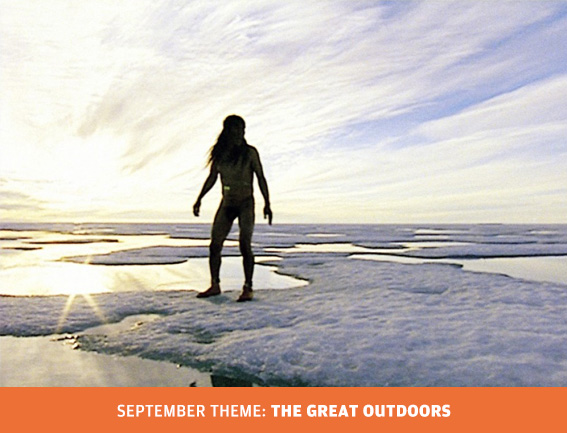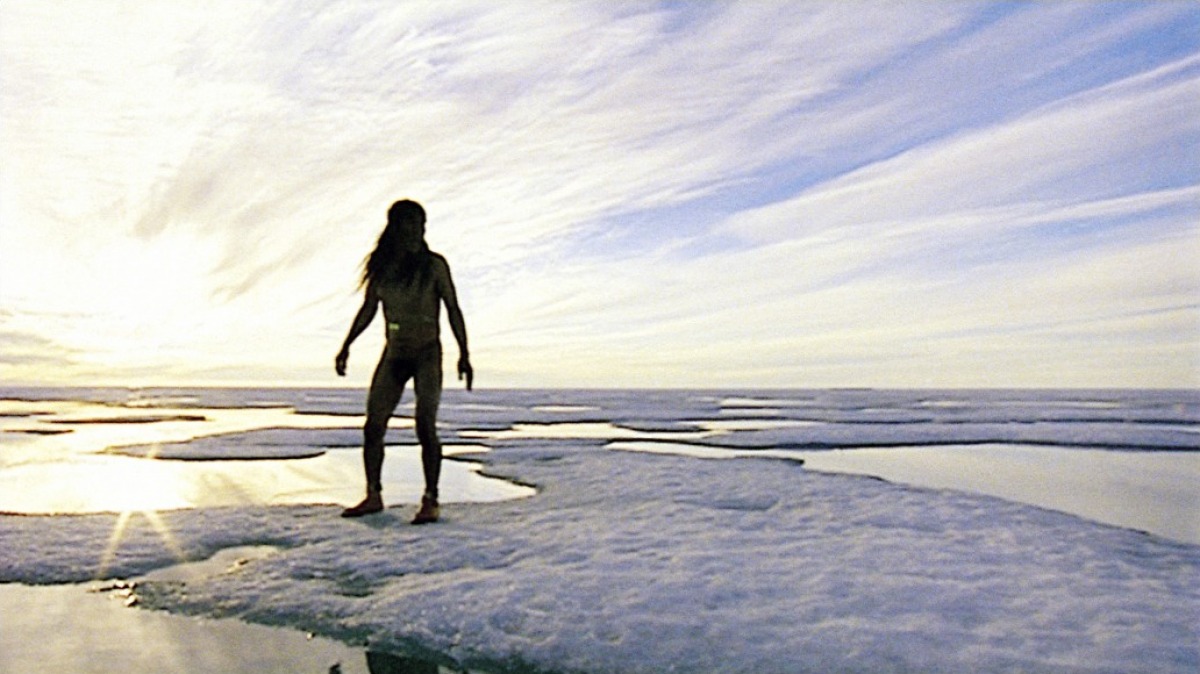A feathered archipelago stretching northward into the Arctic Circle, Canada’s Nunavut territory is known for its rich and storied Inuit art, including sculpture, music and dance.
It’s also the home of a 21st century wave of independent filmmaking – stories told by the Inuit population using homegrown talent. At the centre is Isuma, the award-winning Inuit production company based in the hamlet of Igloolik (population 2,000) that has changed the face of indigenous cinema all over the world.
Isuma’s biggest success to date is the epic Atanarjuat: The Fast Runner (2001), based on a myth set two millennia ago. The film was shot on Nunavut’s stunning polar landscapes to evoke the world of boundless snow that was pre-colonial Canada.

Interior scenes include those shot inside igloos; the cast filmed in very close proximity and lit by blazing sunlight filtered through thick blocks of compacted ice. It’s an eerily beautiful aesthetic entirely determined by the conditions of the location itself. The Inuit film movement always maintains this auto-ethnographic tendency, weaving in site-specific cultural practices long misrepresented or ignored.
The film’s most memorable sequence shows off those expansive exteriors with stunning aplomb. The title character, a hunter, is roused from his tent by murderous attackers. With no time to waste, he runs for his life across seemingly endless sheets of ice – completely naked. Atanarjuat moves with frantic but determined fear, the only thing that might allow him to outrun his pursuers. Director Zacaharias Kunuk captures the sequence in long, unwavering takes to drive home the scene’s stunning effect: this is really happening.
The attackers don’t give up, until Atanarjaut sees a vision beckoning him to safety and makes an impossible leap across a crack in the ice. The pursuer falls into the water and Atanarjuat continues to run, towards the low Arctic sun and on to the vast horizon below.

Getting any film made in such a location is an impressive feat. To end up with a film of such raw kineticism is a marvel. This sequence in particular is a dizzying action set piece shot through with authenticity that comes from the use of Nunavut’s unforgiving but surprising frozen deserts.
Nunavut brings its own idiosyncrasies for filmmakers, both visually (how do you shoot an endlessly white landscape under twenty-hour daylight?) and logistically (the catering department for Atanarjuat was a team of hunters who would track and slaughter animals on the ice). The response of its residents has been ingenious, exciting and wholly wedded to the environment.
A far cry from mainstream cinema’s historically colonial gaze, Nunavut is creating its own credible self-portrait in new technology.

